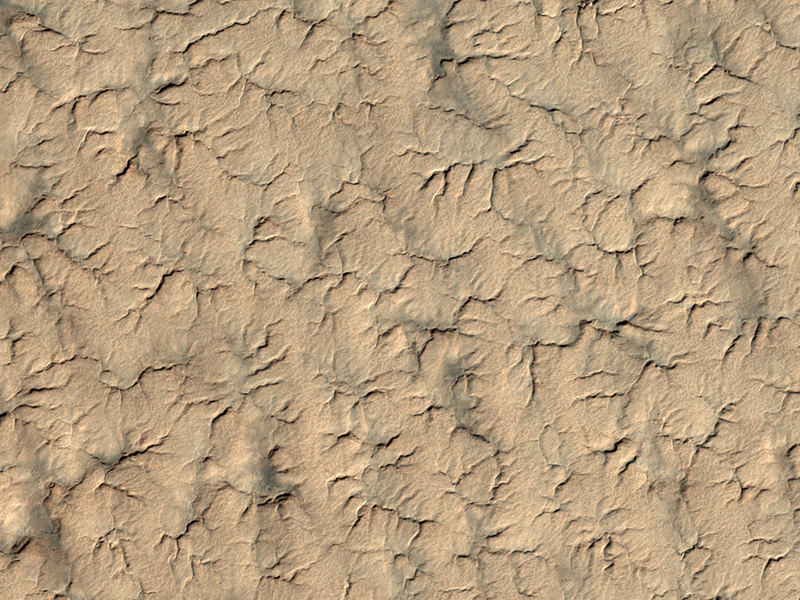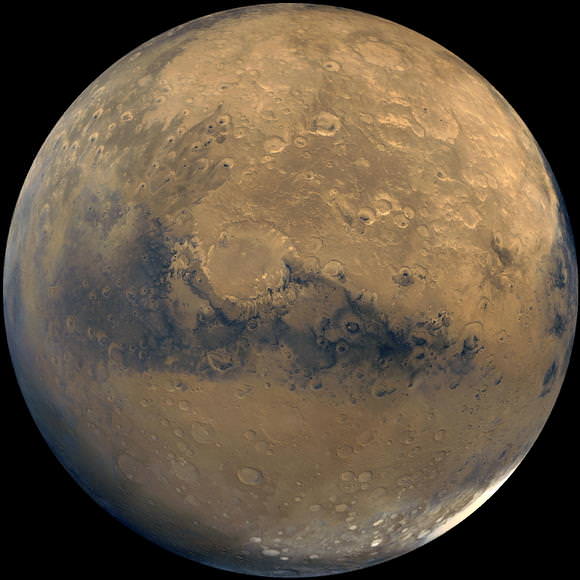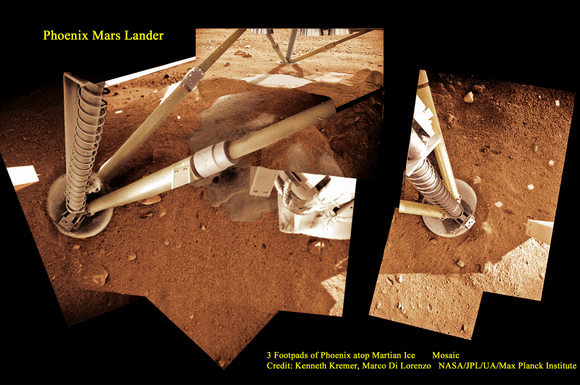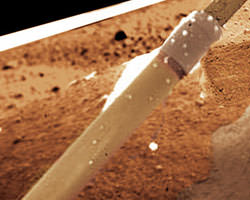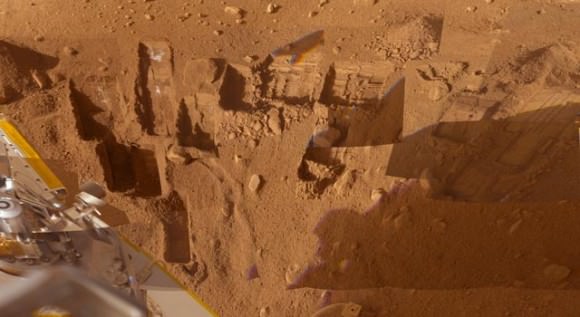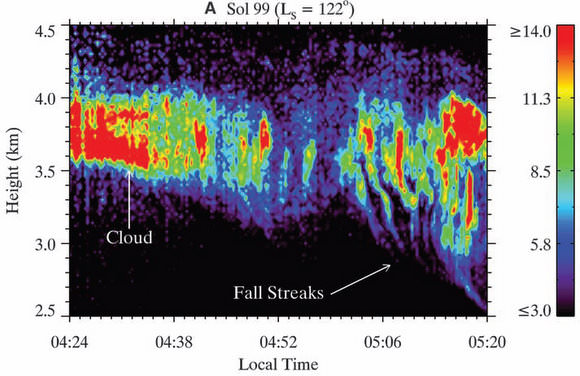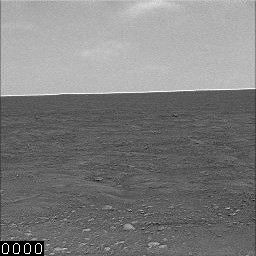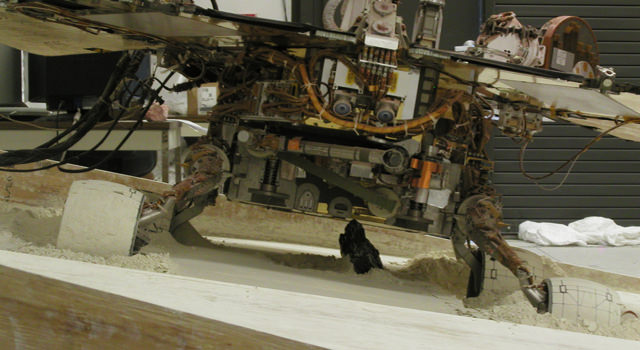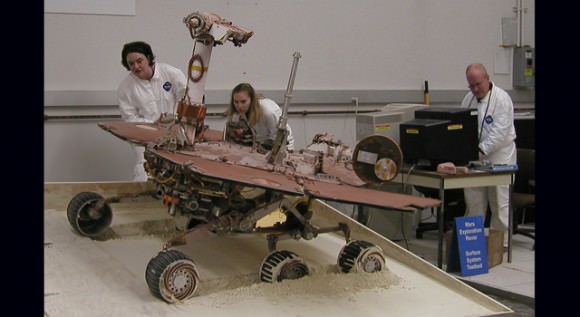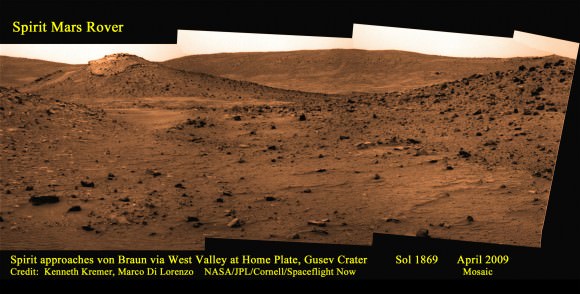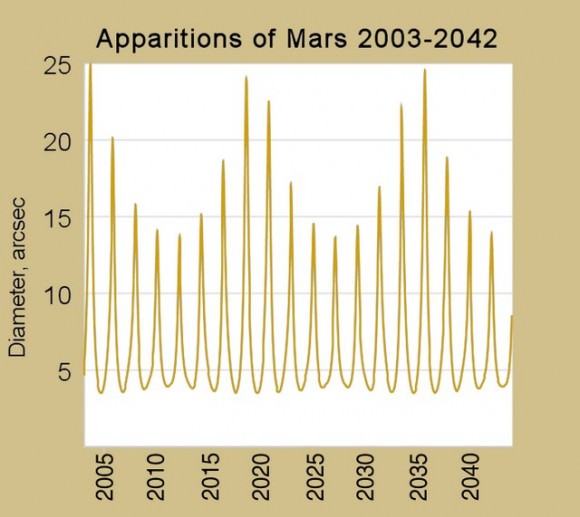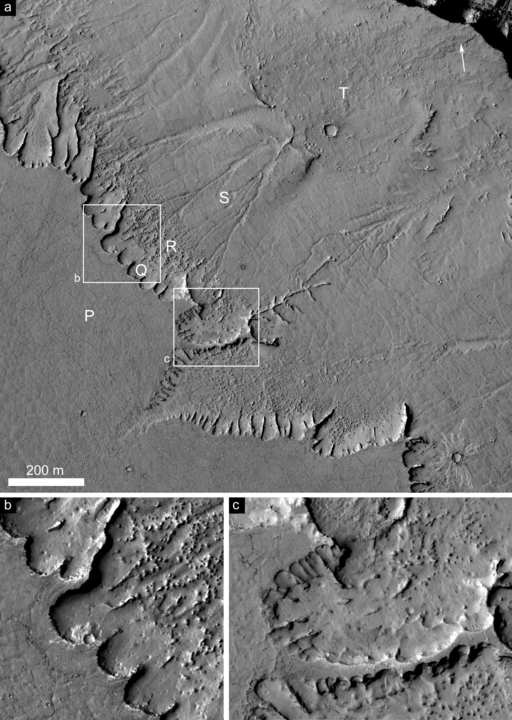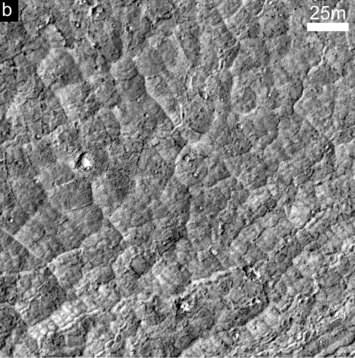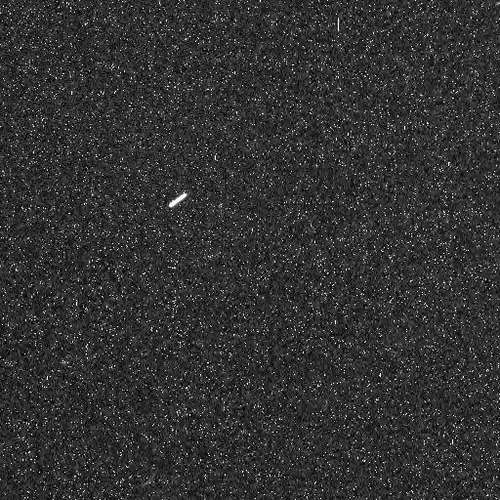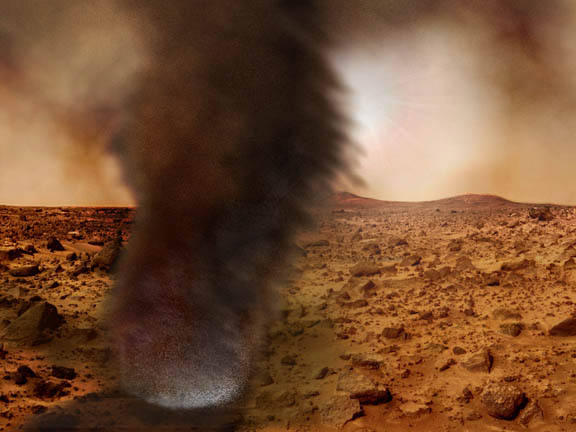[/caption]
The Mars Polar Lander was supposed to be a mission to the Red Planet’s south polar region to study the climate, weather and the ever-changing polar cap. But the spacecraft went missing in December of 1999 after entering Mars atmosphere, and its disappearance has been a mystery. Attempts at finding the presumably crashed lander using images from the Mars Global Surveyor have been unsuccessful. But now we have the Mars Reconnaissance Orbiter and its powerful HiRISE Camera. A new campaign has begun to try and find the Mars Polar Lander, and the best thing about it is that you can help!
UPDATE: I’ve been contacted by several people wondering what they should do if they think they find something in the image. The HiRISE blog has instructions: contact the HiRISE folks with this form, or add to the comments in a previous HiRISE blog post.
HiRISE has been successful in imaging missions like the Mars Exploration Rovers and the Phoenix lander – as the location of those spacecrafts have been known. But now’s the chance to use HiRISE’s eyes to look for an object whose location is unknown.
“This HiRISE image is one of a sequence searching for either the parachute or the crumpled lander on the ground,” say the folks on the HiRISE website. “However, we expect the debris from this mission to be covered with dust and ice, making it a challenge to identify them. The more eyes that search these images the better, so try your luck!”
Click the image for a larger version, or find even larger versions on the HiRISE website.
The terrain seen here appears to be composed of alternating layers of clean and dust-laden ice. Most of the surface is covered with patches of small channels. It is thought that these have been carved by vaporized ice. On Mars, the ice goes straight to a gas (a process called “sublimation”) rather than first melting. So, as the ice heats in the spring and summer, gas is generated and flows under the remaining ice. This flowing gas can move dust and slowly carve a small channels.
The lander was to touch down on the southern polar layered terrain, between 73°S and 76°S in the region, Planum Australe less than 1,000 km from the south pole, near the edge of the carbon dioxide ice cap in Mars’ late southern spring.
So what could have happened to the spacecraft? It has been speculated that either the thrusters failed as it began to land. Or perhaps the landing sequence failed entirely, and when the legs were deployed the software accidently reported that the lander was on the ground, cutting the parachute while the lander was actually hundreds of feet in the air. Bummer.
But the only way to know for sure it to find the remains of the spacecraft. So let’s get searching! And watch for more images from HiRISE to look for the lost MPL.
Source: HiRISE

